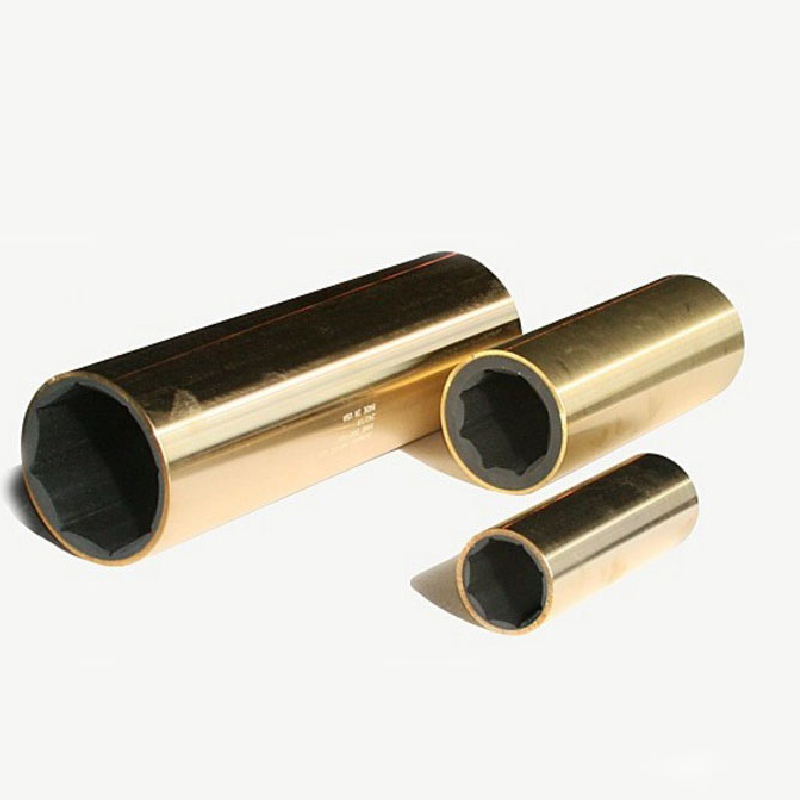Transmission Shaft Seal - Durable Protection for Optimal Performance
Understanding Transmission Shaft Seals Importance and Functionality
Transmission shaft seals play a crucial role in maintaining the efficiency and longevity of a vehicle's transmission system. These components are designed to prevent fluid leaks, thereby ensuring that the transmission operates smoothly without losing hydraulic pressure. In this article, we will explore the significance of transmission shaft seals, the common issues associated with them, and how proper maintenance can enhance vehicle performance.
The primary function of a transmission shaft seal is to provide a barrier between the external environment and the transmission fluid. It is typically made from durable materials like rubber or synthetic compounds, which are capable of withstanding high temperatures and pressures prevalent in the transmission system. These seals are strategically located at the points where the transmission shaft exits the transmission casing, ensuring that the fluid remains contained within the system.
One of the most common signs of a failing transmission shaft seal is fluid leakage. Drivers may notice reddish oil spots on their garage floor or around the transmission area. This not only poses a risk of diminishing transmission performance but can also lead to more severe mechanical issues if left unaddressed. Low fluid levels can result in overheating and ultimately cause significant damage to transmission components.
transmission shaft seal

Another issue that may arise is the deterioration of the seal material over time. Factors such as heat, chemical exposure, and general wear and tear can compromise the integrity of the seal. It is essential for vehicle owners to be proactive about maintenance, checking the seals regularly for signs of wear, such as cracking or hardening. If any damage is detected, replacing the transmission shaft seal promptly can prevent further complications.
Preventive maintenance is key to ensuring the longevity of transmission shaft seals. Regular transmission fluid changes and inspections can help catch potential leaks early and maintain optimal fluid levels. Additionally, choosing high-quality fluids and sealants specifically designed for the vehicle's transmission type can enhance the performance and lifespan of both the seals and the transmission.
In conclusion, transmission shaft seals are vital components that help ensure the effective operation of a vehicle’s transmission system. Understanding their role and the potential issues associated with seal failure can empower vehicle owners to take the necessary steps for maintenance and repair. By being vigilant and proactive in managing these seals, drivers can help extend the life of their transmission, ultimately leading to a more reliable and efficient vehicle on the road.
-
Simplifying Oil Changes: A Comprehensive Guide to Oil Drain Plugs and Their Variants
News Aug.04,2025
-
Mastering Oil Drain Maintenance: Solutions for Stripped, Worn, and Upgraded Oil Plugs
News Aug.04,2025
-
Fixing Oil Pan Plug Issues: Leaks, Stripped Nuts, and the Right Replacement Solutions
News Aug.04,2025
-
Everything You Need to Know About Oil Drain Plugs: Sizes, Fixes, and Upgrades
News Aug.04,2025
-
Choosing the Right Oil Drain Plug: A Guide to Sizes, Materials, and Drain Innovations
News Aug.04,2025
-
A Complete Guide to Automotive Drain Plugs: Types, Problems, and Innovative Solutions
News Aug.04,2025
-
The Ultimate Guide to Car Repair Kits: Tools and Essentials Every Driver Should Own
News Aug.01,2025
Products categories















